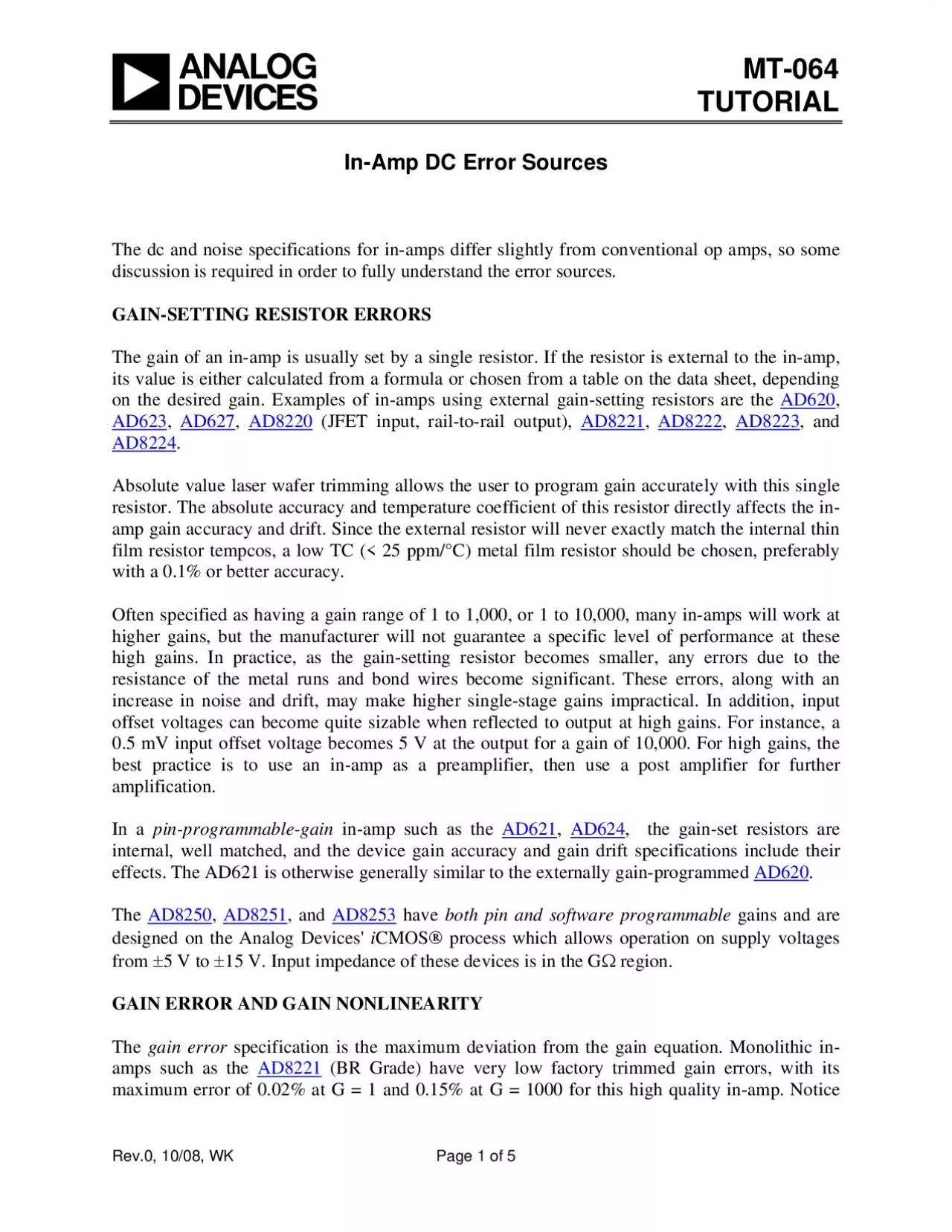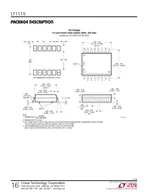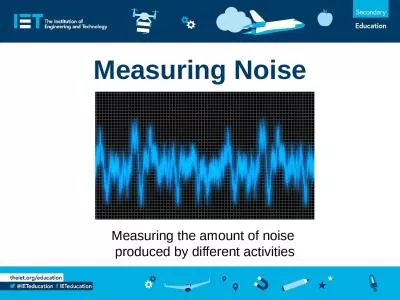PDF-The dc and noise specifications for in-amps differ slightly from conve
Author : anderson | Published Date : 2021-01-05
Rev0 1008 WK AD623 AD627 AD8220 JFET input railtorail output AD8221 AD8223 and AD8224 Absolute value laser wafer trimming allows the user to program gain accurately
Presentation Embed Code
Download Presentation
Download Presentation The PPT/PDF document "The dc and noise specifications for in-a..." is the property of its rightful owner. Permission is granted to download and print the materials on this website for personal, non-commercial use only, and to display it on your personal computer provided you do not modify the materials and that you retain all copyright notices contained in the materials. By downloading content from our website, you accept the terms of this agreement.
The dc and noise specifications for in-amps differ slightly from conve: Transcript
Download Rules Of Document
"The dc and noise specifications for in-amps differ slightly from conve"The content belongs to its owner. You may download and print it for personal use, without modification, and keep all copyright notices. By downloading, you agree to these terms.
Related Documents














